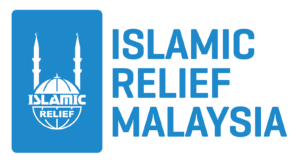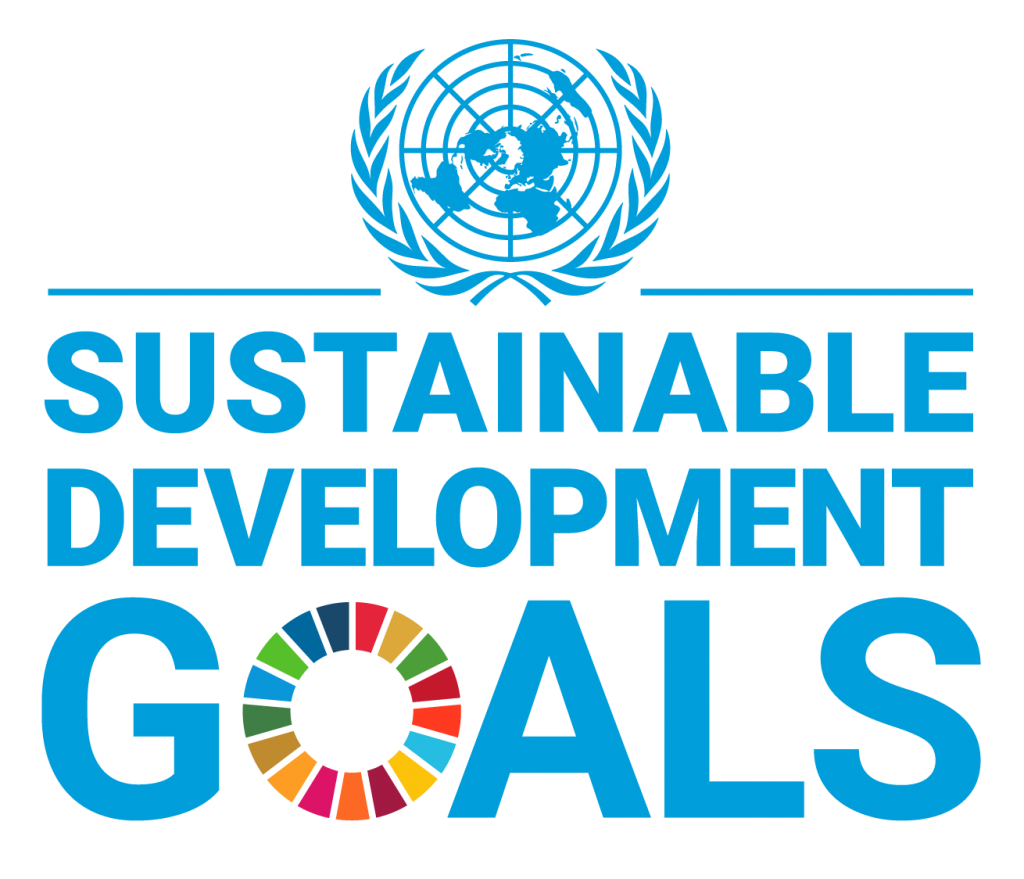Poverty is multifaceted phenomenon whereby different societies have different perceptions and definition. It is generally classified into three groups: first, absolute poverty, where one has less than objectively-defined thresholds and is a serious situation of deficiency; secondly, relative poverty, where one has less than others in the same society and; thirdly, subjective poverty, which is a case where one feels wanting because of a sense of not having enough to get along (Henry and Amir, 2011; Kumaran, 2013).1 As absolute poverty which mainly associated with lack of income (to meet human basic needs), are considered as genuine poor. The country determines the incidence of poverty by using its Poverty Line Income (PLI), whereby people earning less than the PLI are categorized as poor, while people earning less than half of the PLI are considered as hard-core poor.
According to Jabatan Perangkaan Malaysia (DOSM) and Unit Perancang Ekonomi (EPU), poverty line in Malaysia can be classified into the following explanation:
- Extreme poverty -These are households which fail to earn enough to fulfil basic survival needs such as food, clothing and shelter. Households that fall into this category earn average monthly incomes of less than RM580 in Peninsular Malaysia, less than RM710 in Sabah and less than RM660 in Sarawak (as in 2014)
- Poor -These people fall short of certain standards of consumption which are deemed necessary to maintain ‘decency’ in society, for example, those who cannot afford healthcare and education. Households with average monthly incomes of less than RM930 in Peninsular Malaysia, less than RM1,170 in Sabah and less than RM990 in Sarawak are defined as poor (as in 2014)
Therefore, to tackle the problems, it is urgently required to identify the location of poor in city, differences between poor areas, effectiveness of specific programmes as well as design and best practice of urban poverty reduction programmes and policies.
Islamic Relief Malaysia had identified potential community area for GOH implementation with high density of urban poor located at Bandar Bukit Raja, Klang. The targeted beneficiaries of this project are among those categorized as hard-core poor or poor regardless their ethnicity or religion. IRM will use our standard beneficiaries’ identification process and Lembaga Zakat Selangor had kifayah calculator to identify whether the person is considered as hard-core poor (fakir) or poor (miskin). IRM will also identify the relevant agencies and strategic partner(s) which can support the sustainability of GOH programmes in the nearby location.

Family Development Programme-Gift of Hope (GOH)
Livelihood Sector
INTRODUCTION
Poverty is multifaceted phenomenon whereby different societies have different perceptions and definition. It is generally classified into three groups: first, absolute poverty, where one has less than objectively-defined thresholds and is a serious situation of deficiency; secondly, relative poverty, where one has less than others in the same society and; thirdly, subjective poverty, which is a case where one feels wanting because of a sense of not having enough to get along (Henry and Amir, 2011; Kumaran, 2013).1 As absolute poverty which mainly associated with lack of income (to meet human basic needs), are considered as genuine poor. The country determines the incidence of poverty by using its Poverty Line Income (PLI), whereby people earning less than the PLI are categorized as poor, while people earning less than half of the PLI are considered as hard-core poor.
According to Jabatan Perangkaan Malaysia (DOSM) and Unit Perancang Ekonomi (EPU), poverty line in Malaysia can be classified into the following explanation:
- Extreme poverty -These are households which fail to earn enough to fulfil basic survival needs such as food, clothing and shelter. Households that fall into this category earn average monthly incomes of less than RM580 in Peninsular Malaysia, less than RM710 in Sabah and less than RM660 in Sarawak (as in 2014).
- Poor -These people fall short of certain standards of consumption which are deemed necessary to maintain ‘decency’ in society, for example, those who cannot afford healthcare and education. Households with average monthly incomes of less than RM930 in Peninsular Malaysia, less than RM1,170 in Sabah and less than RM990 in Sarawak are defined as poor (as in 2014).
Therefore, to tackle the problems, it is urgently required to identify the location of poor in city, differences between poor areas, effectiveness of specific programmes as well as design and best practice of urban poverty reduction programmes and policies.
Islamic Relief Malaysia had identified potential community area for GOH implementation with high density of urban poor located at Bandar Bukit Raja, Klang. The targeted beneficiaries of this project are among those categorized as hard-core poor or poor regardless their ethnicity or religion. IRM will use our standard beneficiaries’ identification process and Lembaga Zakat Selangor had kifayah calculator to identify whether the person is considered as hard-core poor (fakir) or poor (miskin). IRM will also identify the relevant agencies and strategic partner(s) which can support the sustainability of GOH programmes in the nearby location.
OBJECTIVE
The main purpose of this project is to uplift & empower the vulnerable individual & families by sectors given:
- Food solution.
- Health.
- Education.
- Sustainable livelihood.
BENEFICIARIES
10 families from the urban poor community
LOCATION
Rebana Resident, Bandar Bukit Raja, Klang, Selangor



